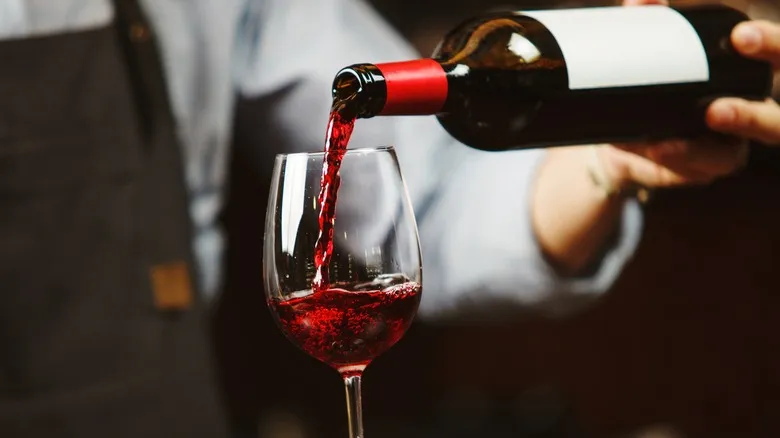How restaurants determine wine prices

The pricing of wine in a restaurant is influenced by its business model (casual or formal), location, and costs such as staff salaries and rent. Additionally, there are often state and federal taxes that apply when wine is shipped from the vineyard or winery to the wholesaler and ultimately to the restaurant. When you purchase a bottle to enjoy with your brunch, sales taxes may also vary based on your city or state.
Many restaurants typically apply a markup of 200-300% on their wines. Some establishments, however, use a sliding scale for wine markups, meaning that less expensive wines have higher markups compared to pricier options. For instance, a $20 bottle of wine might be marked up by 250% to $50, while a $70 bottle could see a 200% markup, bringing it to $140. Rare wines may have even steeper markups, but this doesn’t apply to a standard glass of Pinot Grigio.
As Winkler points out, restaurants are cautious not to overprice their offerings. "It's crucial for the business to cover its expenses in order to keep serving customers," she explained. "While there’s no easy way for customers to determine a wine's cost, being aware of these factors can help gauge whether a wine's price is fair."
How to find reasonably priced wines
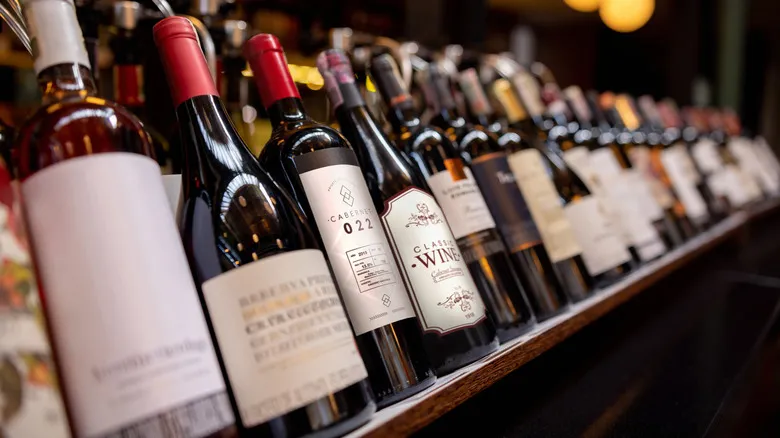
Understanding the underlying math of wine pricing can be beneficial, but as a customer, your main objective is to purchase something enjoyable without being taken advantage of. Here are a few tips to consider. It's often said that restaurants tend to raise the price of the second-cheapest wine on their list, as customers who want to avoid appearing cheap are likely to choose it. While there's some debate about how prevalent this practice is, the mindset of customers is very real, so proceed with caution. Mid-range wines can be a safer choice, as they typically have lower markups without being overly expensive. If a restaurant offers a "house wine," be aware that it often comes with a significant markup and is usually sourced from an external winery.
It's worth noting that some restaurants charge the same price for a glass of wine as you would pay for an entire bottle at retail, but the situation isn't always straightforward. The higher price doesn't necessarily mean the restaurant is pocketing huge profits; it reflects the additional costs involved in getting the wine to the establishment. However, this shouldn't be a reason to skip tipping your server when you receive your bill.
Recommended
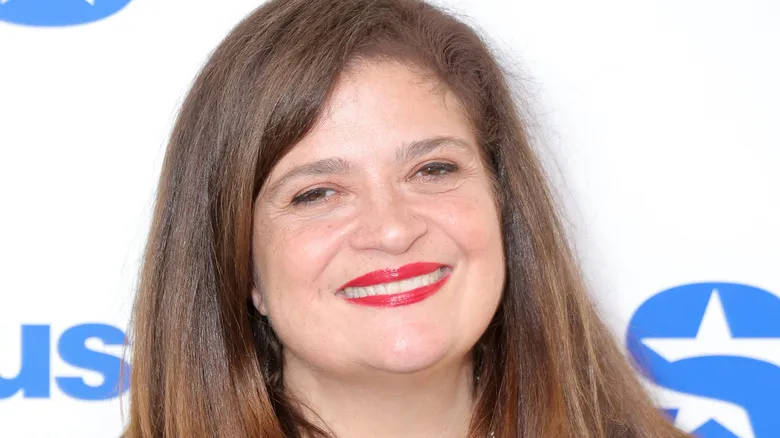
The Cardinal Mistake Of Cooking With Wine According To Alex Guarnaschelli

The Best Red, White, And Rosé Wines To Choose At Costco
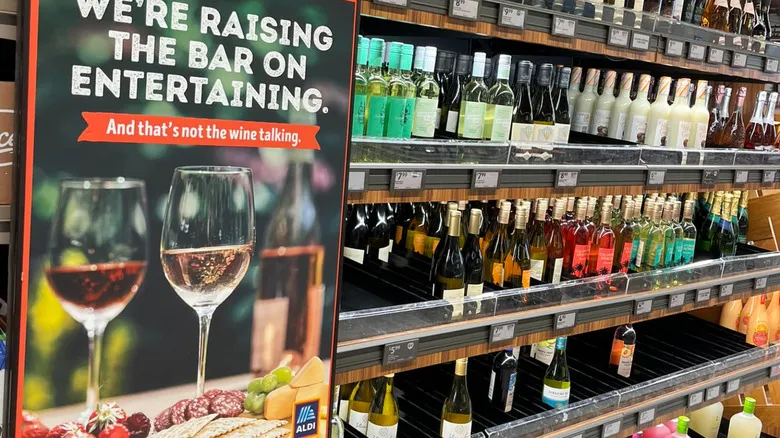
The Highest Awarded Wines You Can Buy At Aldi
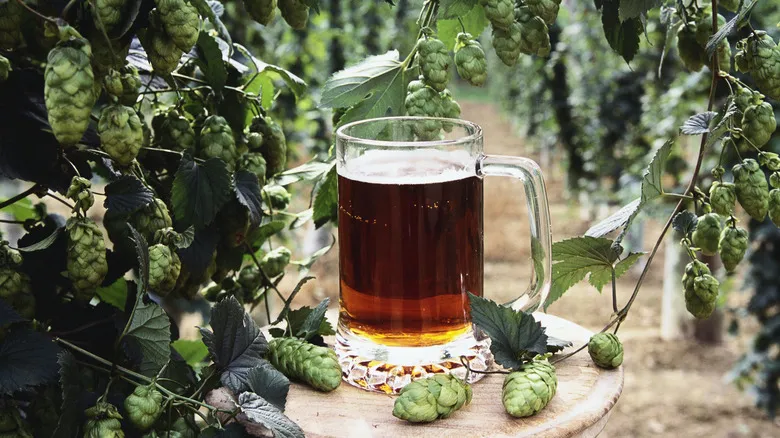
The Key Ingredient That Makes Beer Bitter
Next up

